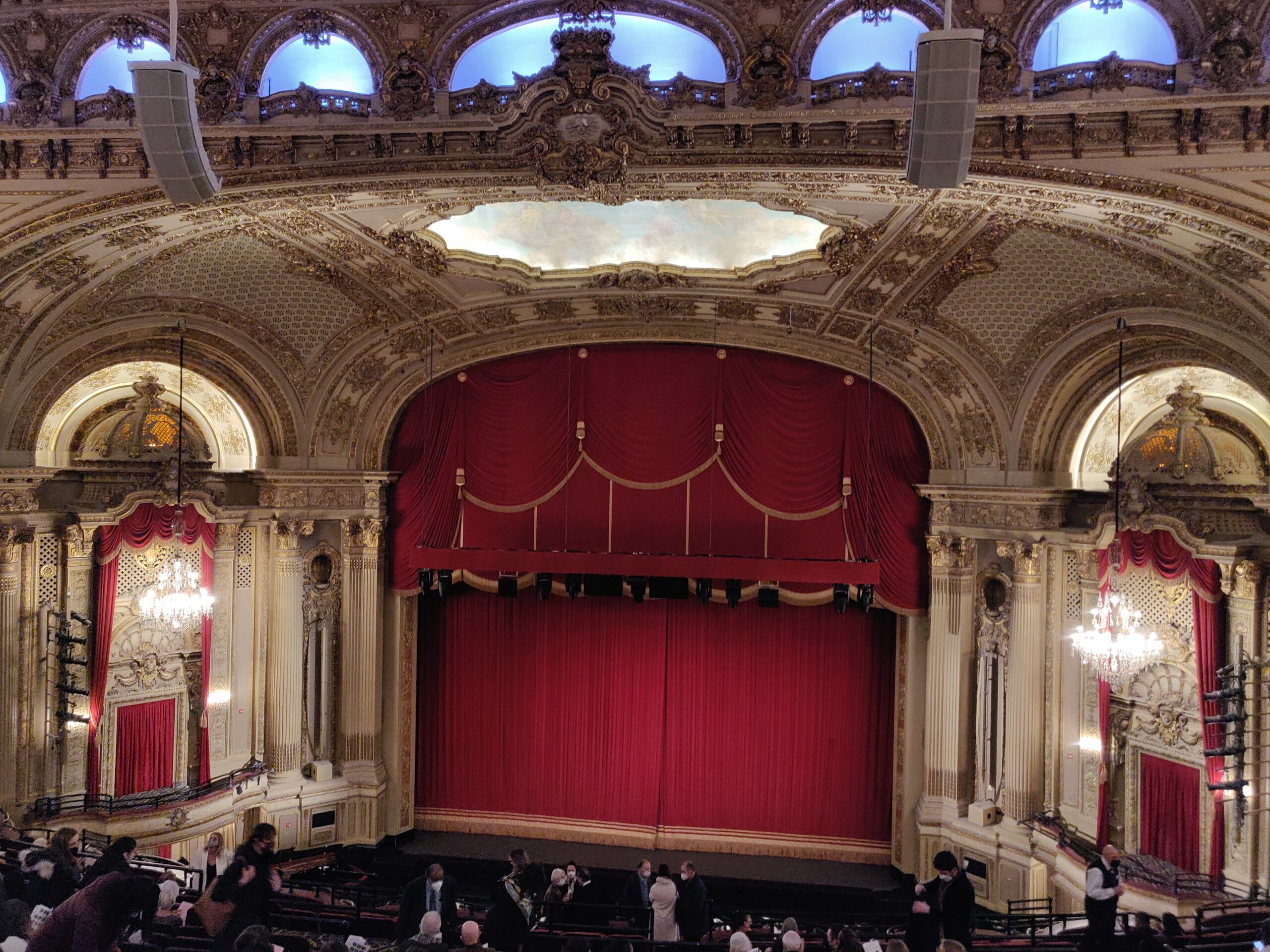Charleston, South Carolina, played a pivotal role in American cultural history when it hosted the debut of America’s first opera, Flora, on February 18, 1735. This event brought European opera to the American colonies and launched a rich musical tradition in America, marking a significant shift in the country’s cultural landscape.
Initially written in England, Flora was a ballad opera that ingeniously combined opera with regular dialogue using well-known songs from that period. Unlike grand European operas, ballad operas were designed to be more accessible to general audiences, making Flora a perfect fit for Charleston’s growing theater scene. The city’s theatrical scene flourished, and Flora’s performances made musical theater and opera an integral part of American performance.
Flora’s first performance in Charleston was a catalyst for American theatre growth, as the colonies’ residents were eager to support artistic activities. Despite limited entertainment choices and rare theater shows, Charleston developed a burgeoning passion for the arts. Flora’s success led to the establishment of opera houses and musical performances throughout America, creating a distinctive theatrical identity. Charleston’s decision to host European theater performances made it a cultural center in its early days, influencing theater development. The event showcased Charleston’s cultural achievements and paved the way for new performing arts centers across America, shaping the future of American theater. Through its early development, Charleston played a crucial role in supporting the growth of cultural events that shaped America’s artistic heritage.
Flora’s Lasting Legacy
Nearly 290 years later, Flora remains a key moment in American musical history. The performance established opera as a viable form of performing arts in the Americas while starting a tradition of artistic achievement that exists today. From Broadway to grand opera houses, America’s musical heritage owes much to this landmark performance in 1735.

